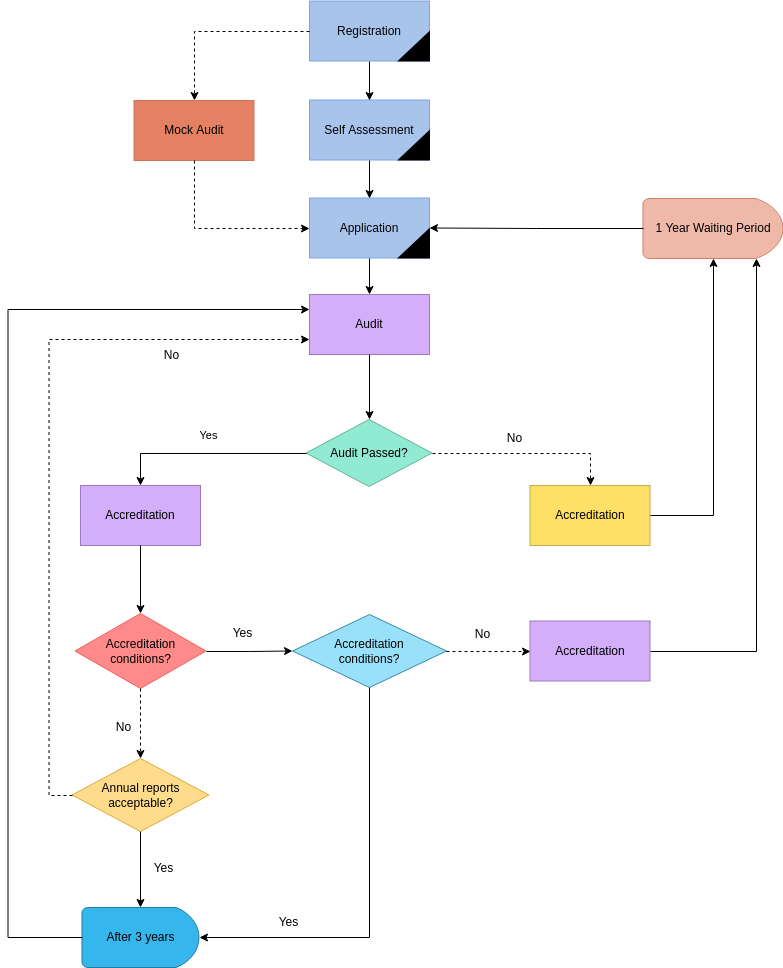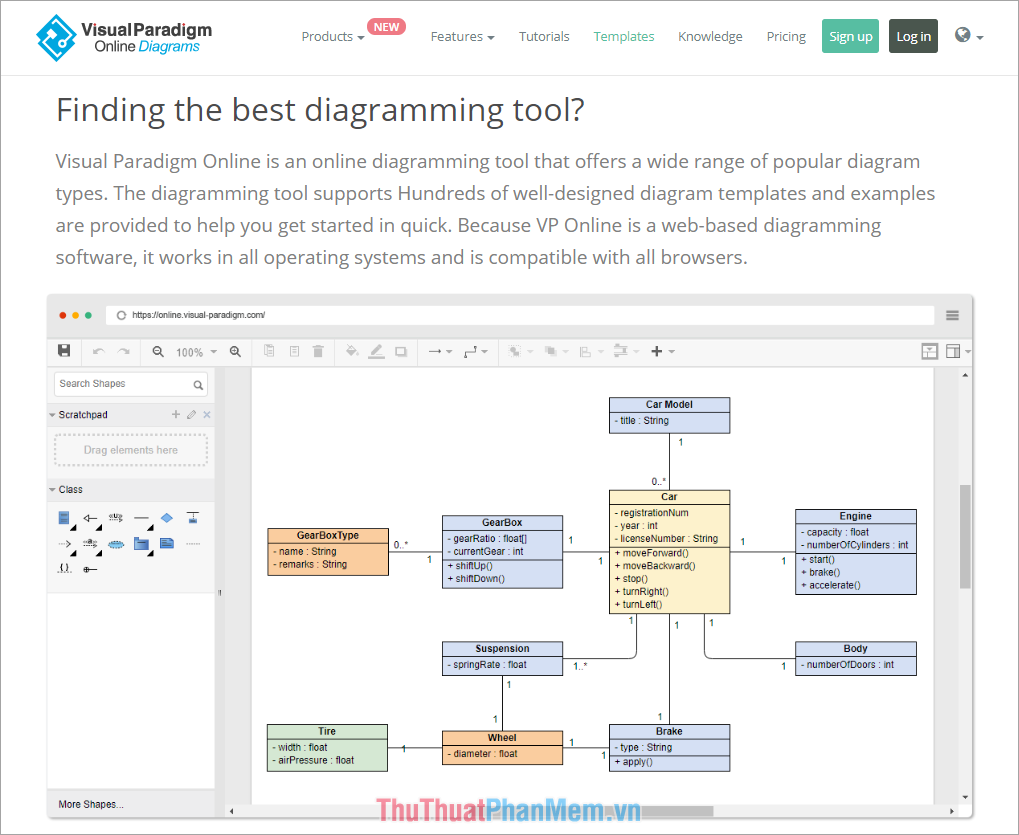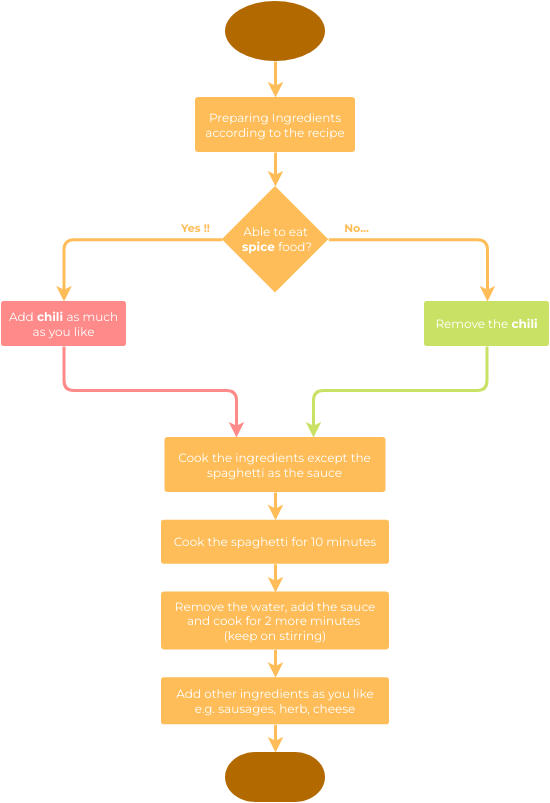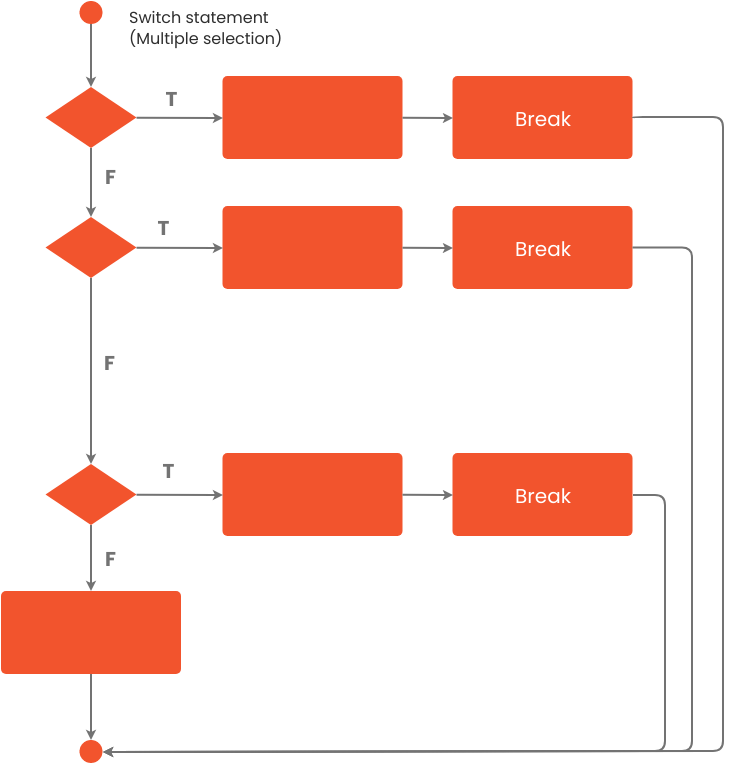

- Visual paradigm online flowchart how to#
- Visual paradigm online flowchart software#
- Visual paradigm online flowchart download#
Use the Resource Catalog to create a data flow from Customer to Process Order. Meanwhile, the Process Order process also receives customer information from the database to process the order.
Visual paradigm online flowchart download#
You are welcome to download a free 30-day evaluation copy of Visual Paradigm to walk through the example below.
Visual paradigm online flowchart software#
Note: The software we are using here is Visual Paradigm.
Visual paradigm online flowchart how to#
In this tutorial, we will show you how to draw a context diagram, along with a level 1 diagram. Here are some examples of data stores: membership forms, database tables, etc.Ī data flow represents the flow of information, with its direction represented by an arrowhead that shows at the end(s) of flow connector. A process can be decomposed to a finer level of details, for representing how data is being processed within the process.Ī data store represents the storage of persistent data required and/or produced by the process. For this reason, people used to draw external entities on the edge of a diagram.Ī process is a business activity or function where the manipulation and transformation of data take place. It is external to the system we study, in terms of the business process.


It is where certain data comes from or goes to. External EntityĪn external entity can represent a human, system or subsystem. Now we'd like to briefly introduce to you a few diagram notations which you'll see in the tutorial below.

How to Draw Data Flow Diagram? DFD Diagram Notations Please bear in mind that the level of detail for decomposing a particular function depending on the complexity that function. Progression to levels 3, 4 and so on is possible but anything beyond level 3 is not very common. This could continue to evolve to become a level 2 diagram when further analysis is required. To elaborate further from that, we drill down to a level 1 diagram with lower-level functions decomposed from the major functions of the system. It is usually beginning with a context diagram as level 0 of the DFD diagram, a simple representation of the whole system. It may be used as a communications tool between a systems analyst and any person who plays a part in the system that acts as the starting point for redesigning a system. The purpose of a DFD is to show the scope and boundaries of a system as a whole. It shows how information enters and leaves the system, what changes the information and where information is stored. It can be manual, automated, or a combination of both. A neat and clear DFD can depict a good amount of the system requirements graphically. A Data Flow Diagram (DFD) is a traditional way to visualize the information flows within a system.


 0 kommentar(er)
0 kommentar(er)
